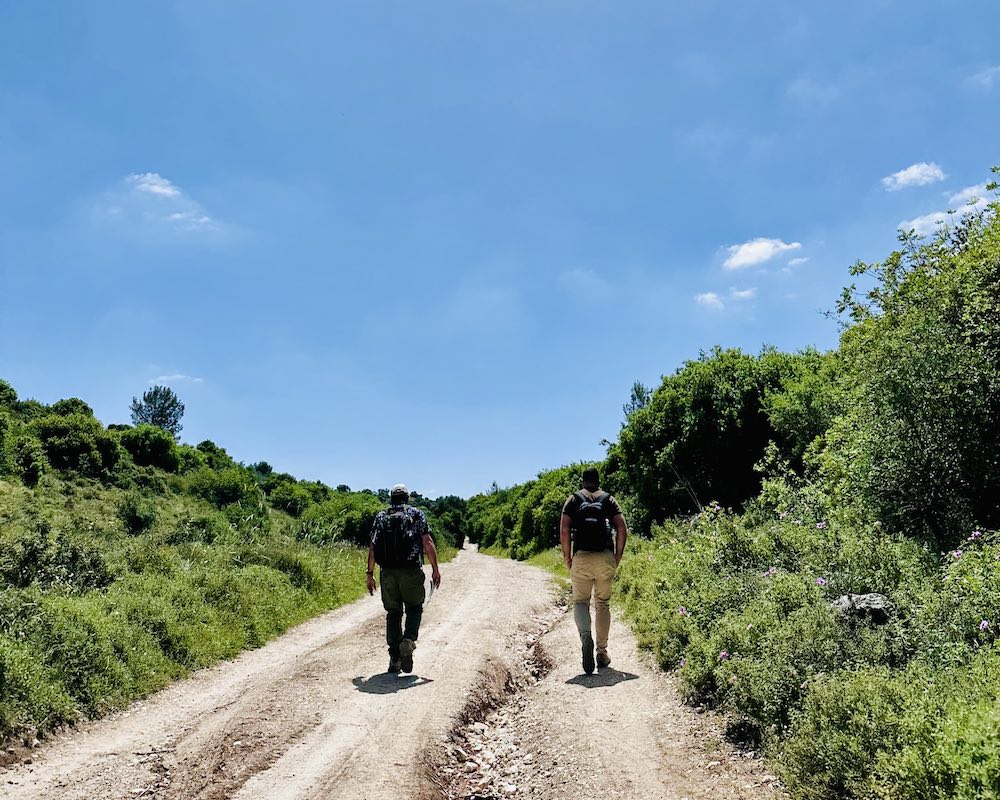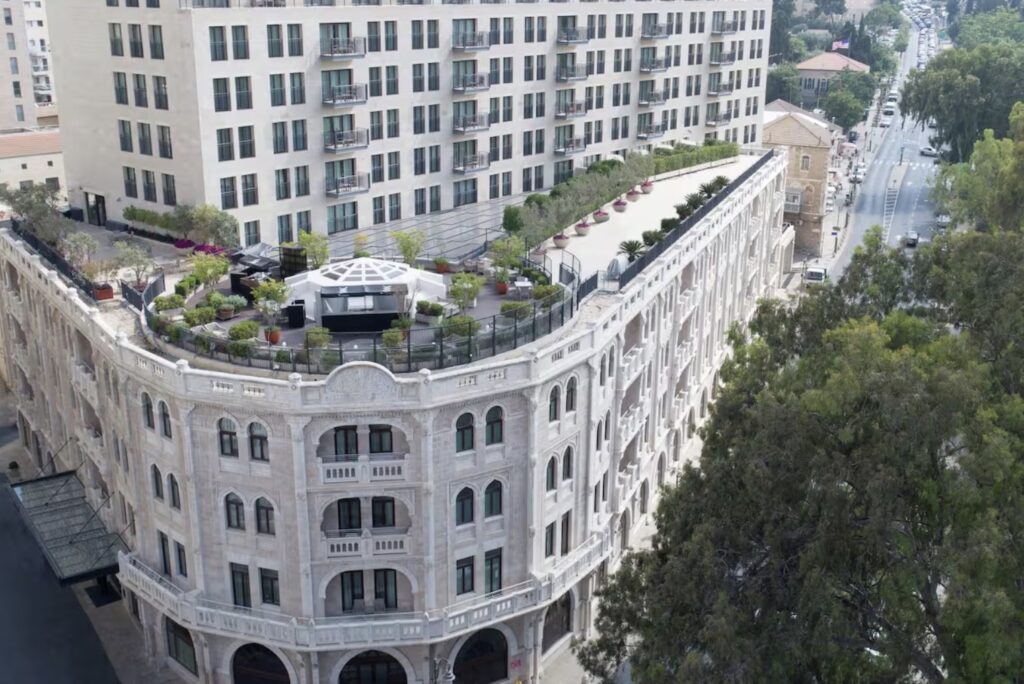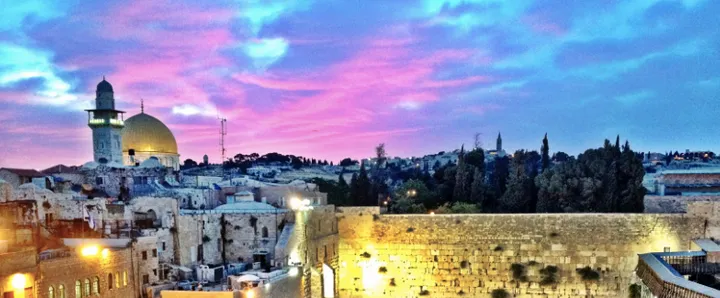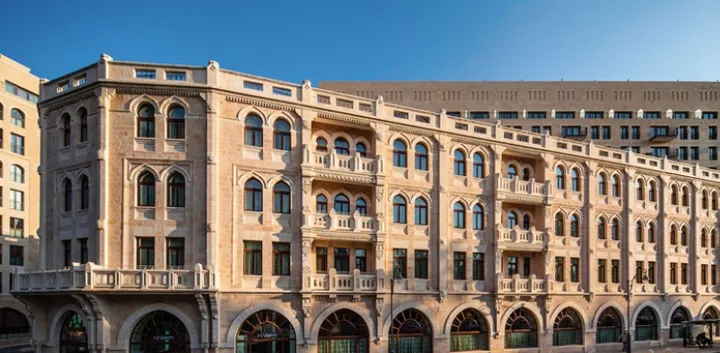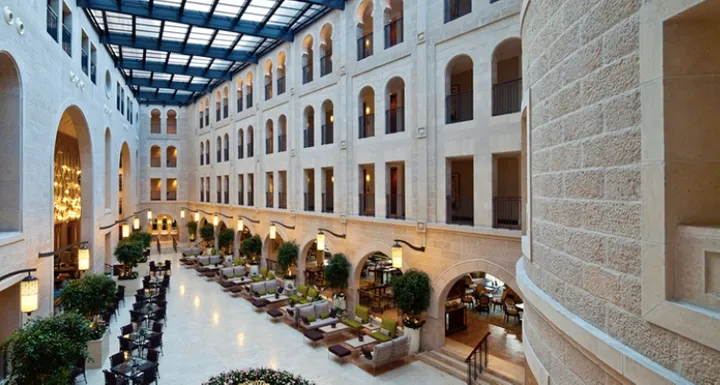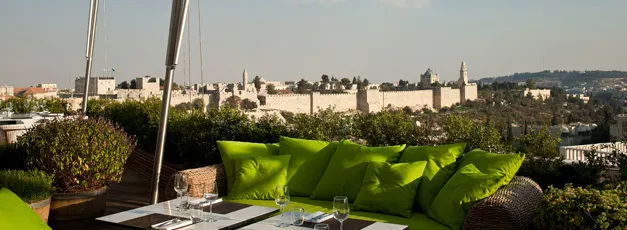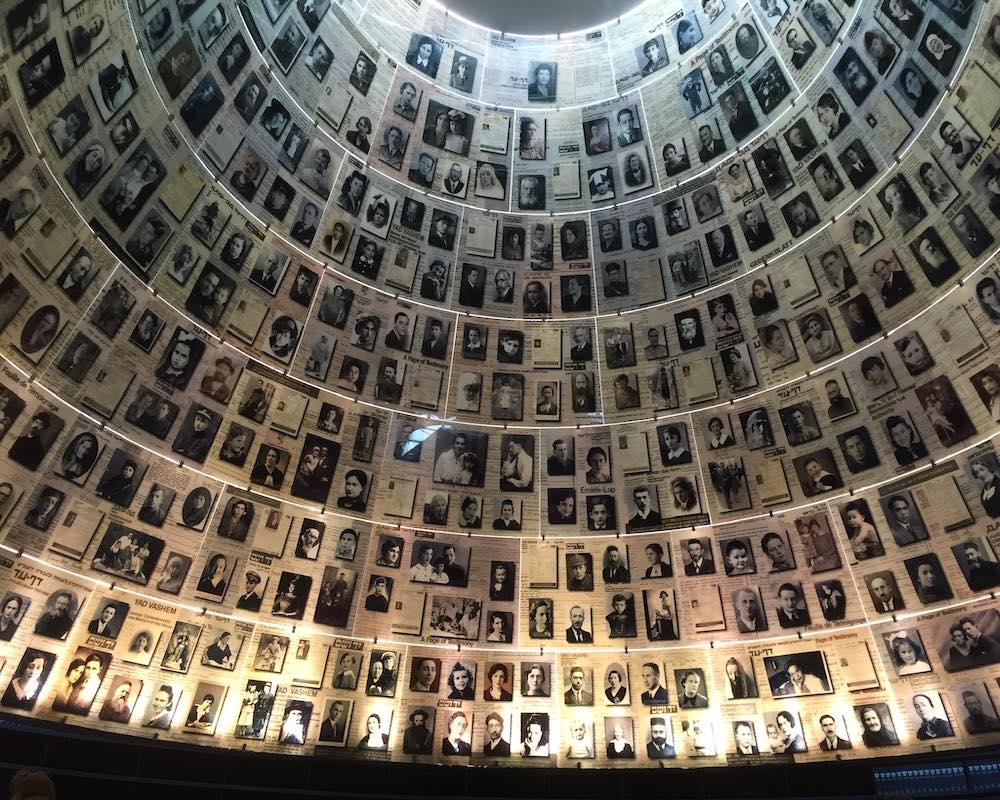
One of the essential museums all visitors to Israel need to visit is Yad Vashem, the World Holocaust Remembrance Center. It’s different from other Holocaust museums, and well worth your time. Here are the details you need to know to plan your visit.
*Please note that children under 10 are not permitted to visit the museum.
Opening Dates and Times
The museum is open Sunday-Thursday from 8:30am-5:00pm. Yad Vashem closes early at 2:00pm on Fridays, and is closed entirely on Saturdays for Shabbat, plus all Jewish holidays. Keep this in mind when planning your visit.
Admission & Reservations
Admission to the museum is free to all visitors. However, advance reservations are required, whether you are visiting solo or with a group. You can use their online reservation system here.
Location
Yad Vashem is located just outside of downtown Jerusalem and is accessible by car or public transportation. Visitors can take the light rail from Jerusalem to the Mount Herzl stop, or take the Line 91 bus to Yefeh Nof stop and walk downhill to the museum.
Highlights of the Museum
The World that Was Exhibit: The first exhibit you’ll encounter is a film projected on the wall of Jewish life before the Holocaust. Everyone living today has the benefit of hindsight and knows what the Jews in the early 20th century were about to experience. But this exhibit is an important reminder that they were innocent in that they had no idea what was about to happen to them and everyone they knew.
The Progression: The next several exhibits show the slow but steady progression of Hitler’s “final solution,” and how the Jews lost their rights, homes, possessions, and dignity bit by bit. But these exhibits also highlight how life went on. Children made toys, adults made board games, music continued, people kept writing. The Jews kept living even as their families, and neighbors, were sent to concentration camps and murdered.
Return to Life: This exhibit is unique in that it’s not a part of the Holocaust that people learn about in school, or that’s written about in books. It’s the rebuilding of the survivors’ lives. This part of the museum shows the difficulty in finding lost family members, re-nourishing their bodies without killing themselves in the process, and finding a place to live when they could not return to any kind of home.
Many survivors were sent to what were called “DP (Displaced Persons) Camps,” which were just repurposed concentration camps. Finding a place for the survivors to rebuild their lives led to the creation of what is now officially considered Israel.
The Hall of Names: This is one of the most moving exhibits in the museum, because they’ve put together faces and names of 600 Jews who did not survive the Holocaust. That is only 0.01% of the 6 million who died. In this hall are also “Pages of Testimony,” in which there are biographies of each Holocaust victim.
The Exit: Yad Vashem is quite dark, solemn, and the concrete construction makes it seem very stark. That is, until you see the view of Jerusalem through the trees at the exit. It’s meant to be a glimpse of hope at the end of the gray, triangular tunnel.
For more information, visit their official website here.
